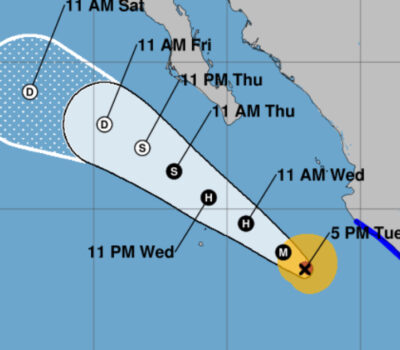These monasteries are important historic monuments because they demonstrate the unique style of architecture practiced by the first group of missionaries to the area in the early 1500s.
These 14 monasteries stand on the slopes of Popocatepetl, to the south-east of Mexico City. They are in an excellent state of conservation and are good examples of the architectural style adopted by the first missionaries – Franciscans, Dominicans and Augustinians – who converted the indigenous populations to Christianity in the early 16th century. They also represent an example of a new architectural concept in which open spaces are of renewed importance. The influence of this style is felt throughout the Mexican territory and even beyond its borders.
The earliest 16th- Century Monasteries on the Slopes of Popocatepetl is a serial property with 14 component parts located in the states of Morelos and Puebla in Mexico, built as part of the evangelization and colonization of the northern territories of Mexico. The monasteries are Atlatlahucan, Cuernavaca, Tetela del Volcan, Yautepec, Ocuituco, Tepoztlan, Tlayacapan, Totolapan, Yecapixtla, Hueyapan and Zacualpan de Amilpas in Morelos and Calpan, Huetotzingo and Tochimilco in Puebla.These monasteries are considered to represent good examples of the architectural style adopted by the first missionaries – Franciscans, Dominicans and Augustinians –, with spatial solutions and the architectural expressions that materialized the fusion and synthesis of heterogeneous elements. A considerable number of these buildings have an explicit military aspect, and compositional elements with definite Mudejar and Renaissance origin. The expression of the native culture is also present, from the open spaces used for worship to the work expressed on the decorations and the wall paintings.
The monasteries also represent an example of a new architectural concepts in which open spaces are of renewed importance. The influence of this style is felt throughout the Mexican territory and even beyond its borders. The distinctive characteristic of these monasteries reside in the relationship between built and open spaces and, above all, in the emphasis placed on the wide forecourt or atrium with its individual posas and open chapels that offered a variety of solutions. The monasteries were founded in areas of dense indigenous settlement, with the object of providing focal points for urban settlements, a role which has survived to the present day.
The 14 monasteries all conform with an architectural model which spread rapidly over the region and contains certain basic elements common to this new type of monastic house: atrium (usually rectangular), church (usually simple in plan but of imposing size, with a single nave), and monastic buildings, usually located to the south of the church and disposed around a small courtyard or patio, designated as the cloister.
The great Atriums, which are open spaces, surround the entire perimeter of the Temple (in some cases most of it). They are delimited by Resting Chapels (Capillas Posas) in the atrium’s internal perimeter, called the processional path, and the walls, have small niches for the Viacrucis. Another important element is the Open chapel. The hydraulic structures also are elements of the exterior composition that conducted water from the upper part of the mountain for community use.
https://www.youtube.com/watch?v=E4nf9-m1qeA
These monasteries are important historic monuments because they demonstrate the unique style of architecture practiced by . . .





















